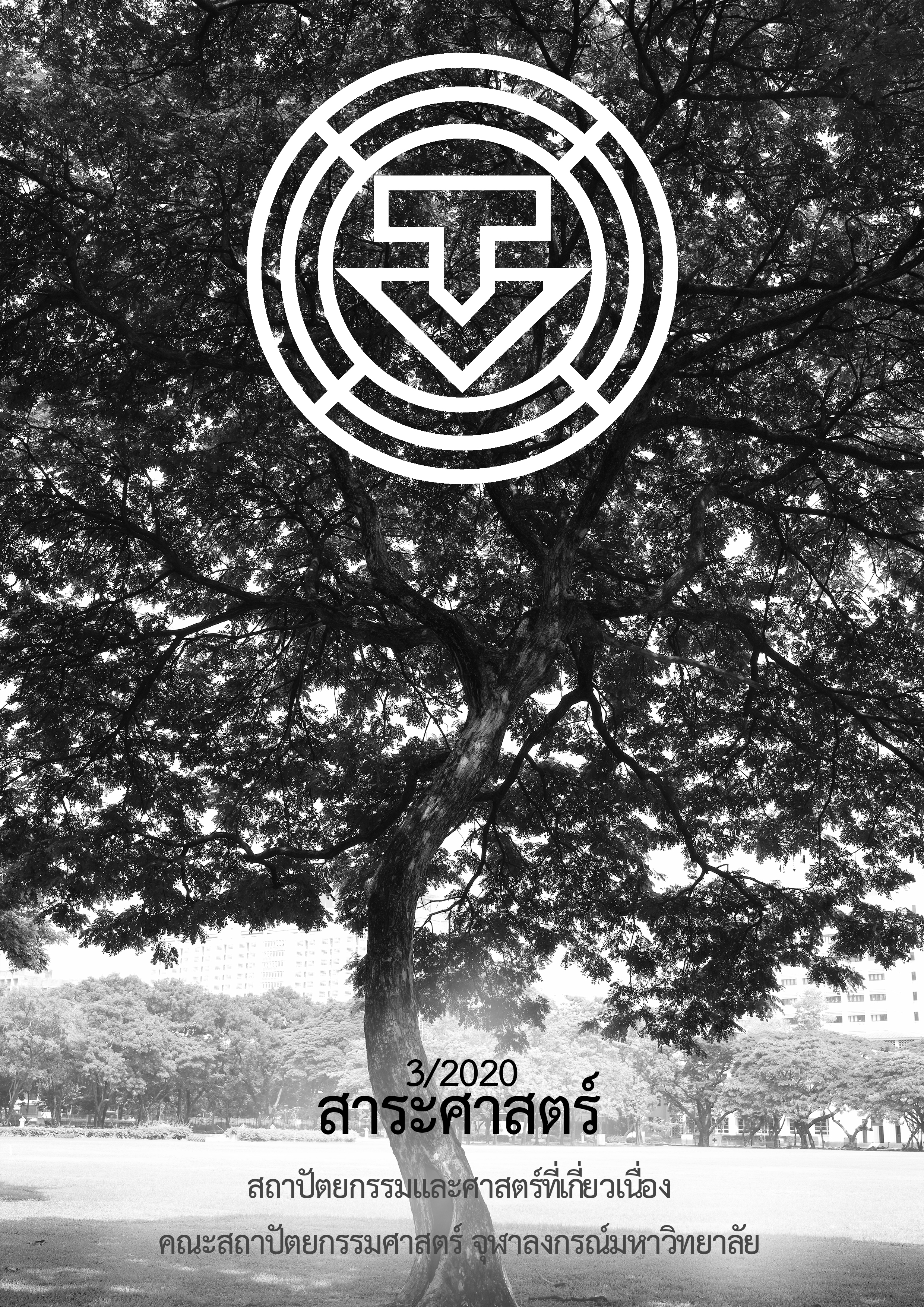The Standard of Mega Projects Development under The Pud Measure: Case Study of The DC Office of Planning, The US, and The Department of City Planning and Urban Development, BMA, Thailand
Main Article Content
Abstract
Mega projects in the Real Estate Development significantly affect development on cities due to the fact that they shape surrounded communities and people living. The Department of City Planning and Urban Development has established the PUD measure (Planned Unit Development) under the ministerial regulation on Bangkok land use planning (still in draft status) which is important as a measure for controlling mega projects to benefit the investors, people as the public as a whole.
This article aims to increase the understanding about the PUD measure among real estate investors and the general public. The article uses documentary research and content analysis to compare the PUD measure between the District of Columbia Municipal Regulations, United States and The Department of City Planning and Urban Development, BMA, Thailand.
In summary, the PUD measure in urban planning of the United States has been continuously developed over a long period of time and is considered to be a model to various countries including Thailand. The DC’s PUD measure was developed through the cooperation of private and public sectors. The PUD aims to be an incentive for real estate developers to develop their mega projects as a part of urban development which increase the efficiency of urban land use. The private sectors would achieve more efficient investment while assuring the quality of life of people. The recommendation is that the private sector should study and makes use of the PUD measure and collaborate with public sector to improve the PUD measure as an important tool to project and urban development.
Article Details
References
กรมโยธาธิการและผังเมือง. คู่มือกฎหมายอาคารที่เกี่ยวข้องกับงานผังเมือง. กรุงเทพฯ; สำนักมาตรฐานผังเมือง, ม.ป.ป.
“ข้อกำหนดเกี่ยวกับการจัดสรรที่ดินเพื่อที่อยู่อาศัยและพาณิชยกรรม กรุงเทพมหานคร พ.ศ. 2550.” ราชกิจจานุเบกษา. เล่ม 124 ตอนพิเศษ 21 ง หน้า 47-63. (2550, 23 กุมภาพันธ์).
คณะทำงานการปรับปรุงรูปแบบการจัดทำผังเมืองรวม. (2557). ผังเมืองรวมเมือง/ ชุมชนรูปแบบใหม่. กรุงเทพฯ: สำนักงานผังเมือง กรุงเทพมหานคร, 2557.
นพนันท์ ตาปนานนท์. การผังเมืองของประเทศไทย: ปัญหาและการแก้ไข. กรุงเทพฯ: สมาคมสถาปนิกผังเมืองไทย, 2553.
บริษัท โชติจินดา คอนซัลแตนท์ จำกัด. รายงานการศึกษาฉบับสมบูรณ์มาตรการพัฒนาโครงการขนาดใหญ่ (PUD). กรุงเทพฯ: สำนักงานผังเมือง กรุงเทพมหานคร, 2562.
พัชรา กลิ่นชวนชื่น. ธุรกิจที่อยู่อาศัยในกรุงเทพฯและปริมณฑล. กรุงเทพฯ: วิจัยกรุงศรี, 2562.
สถาบันพัฒนาบุคลากรด้านการพัฒนาเมือง. เกณฑ์และมาตรฐานผังเมือง มาตรการ วิธีการ และเครื่องมือกรณี ตัวอย่างของต่างประเทศ. กรุงเทพฯ: กรมโยธาธิการและผังเมือง กระทรวงมหาดไทย, 2562.
สำนักงานผังเมือง กรุงเทพมหานคร. ร่างกฎกระทรวงให้ใช้บังคับผังเมืองรวมกรุงเทพมหานคร: บันทึกหลักการและเหตุผล ประกอบ. กรุงเทพฯ: สำนักงานผังเมือง กรุงเทพมหานคร. สืบค้น 20 ธันวาคม 2562. https://drive.google.com/file/d/1A3fNS0AF_d_kHb5tFEQtjpHeK-2-BXR1/view.
“Affordable Housing.” Accessed April 5, 2020. http://en.wikipedia.org/wiki/Affordable_housing.
American Planning Association. Planning and Urban Design Standard. Hoboken, NJ.: John Wiley & Sons, 2006.
“DC Zoning Handbook; Chapter: 11-X3 PLANNED UNIT DEVELOPMENTS: District of Columbia Municipal Regulations.” Accessed April 1, 2020. https://dcregs.dc.gov/Common/DCMR/RuleList.aspx?ChapterNum=11-X3&ChapterId=3550.
Harriet Tregoning. Planned Unit Developments. Washington, D.C.: DC Office of Planning, 2011.
New Communities Initiative. (2016). PARK MORTON PUD UPDATE. District of Columbia Government. Accessed March 20, 2020. http://dcnewcommunities.org/updates/park-morton-pud-submitted/.
Rabianski, J.S. “Mixed-Used Development: A Review of Professional Literature.” Ph.D. Thesis, MBA Department of Real Estate, Georgia State University, 2007.


